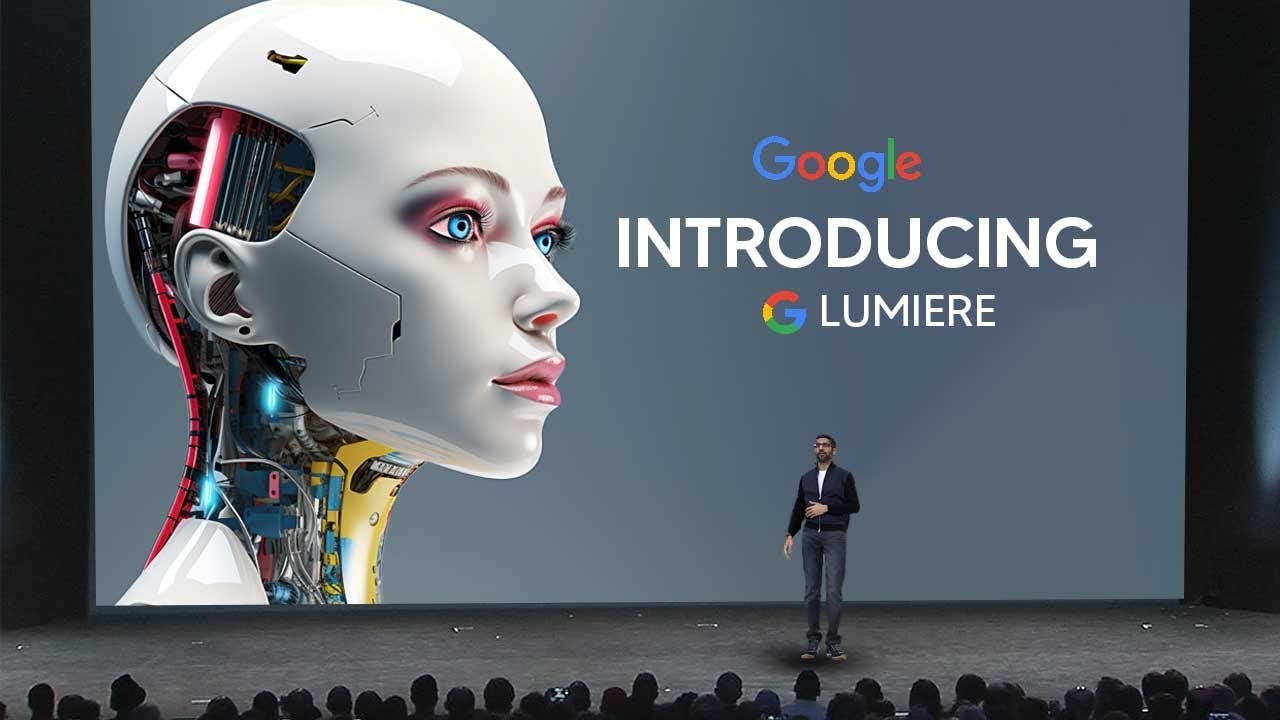
Google’s latest innovation, Lumiere, represents a significant leap in the realm of AI-driven video generation. This groundbreaking technology is poised to reshape our understanding and capabilities in creating dynamic, realistic videos from simple text inputs.
Key Highlights:
- Lumiere utilizes a novel Space-Time U-Net architecture.
- It can edit existing videos with simple textual instructions.
- The technology offers various outputs including stylizations and cinemagraphics.
- Google has not announced public availability due to potential legal and ethical concerns.

Transforming Video Creation with AI
Lumiere stands out with its Space-Time U-Net architecture, a sophisticated approach that enables the generation of animated video in a single model pass. This innovation allows for a range of creative possibilities, from editing existing videos to generating entirely new content from text prompts.
Advanced Editing and Output Capabilities
One of Lumiere’s most compelling features is its ability to edit videos based on textual instructions. For example, users can change the color of an object in a video simply by highlighting it and typing the desired change. Furthermore, Lumiere extends its versatility through various output types like stylizations and cinemagraphics, offering users a rich palette of creative tools.
Potential and Challenges
While Lumiere’s capabilities are impressive, Google has expressed caution regarding its public release. The potential for misuse, particularly in creating videos that violate copyright laws, is a significant concern. This restraint highlights the ethical challenges faced in the rapidly evolving field of AI video generation.
Google’s Lumiere, the AI-based video generator, you can read the full article on TechXplore’s website. The article delves into the nuances of Lumiere’s technology, its potential applications, and the challenges it faces, providing a comprehensive understanding of this groundbreaking development in AI video generation.
Conclusion
Google’s Lumiere is a pioneering development in AI-powered video generation, offering unprecedented levels of creativity and flexibility. Its innovative Space-Time U-Net architecture enables a range of video editing and creation capabilities, though its release to the public remains uncertain due to potential legal and ethical implications.
















